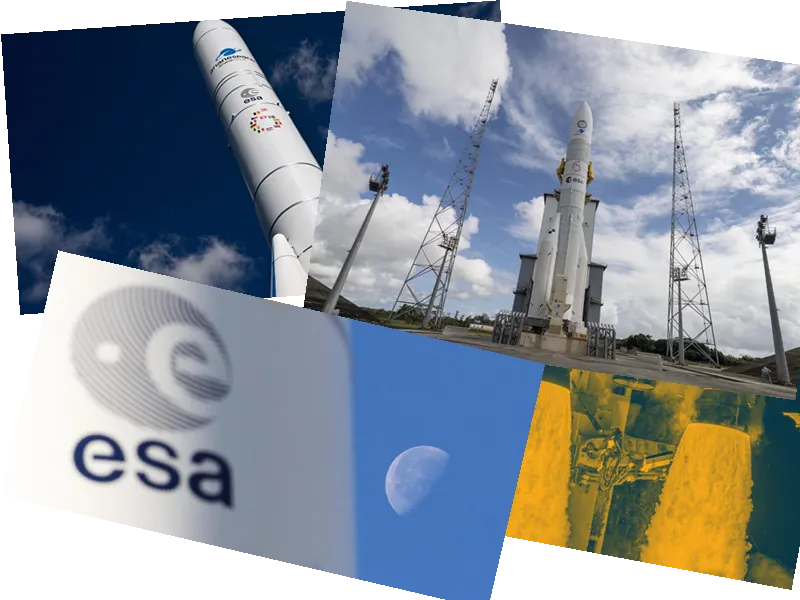The European Space Agency (ESA) is preparing for a significant milestone with the launch of Ariane 6 from the Guiana Space Center in Kourou. The rocket, standing 56 meters tall and weighing 540 tonnes, is set to replace its predecessor, Ariane 5, and aims to reduce launch costs significantly. This new rocket has been in development for years, facing delays due to Covid-19, construction issues, and geopolitical tensions. Despite these challenges, Ariane 6 promises to halve the launch costs compared to Ariane 5, making it a crucial asset for Europe's space endeavors.
Today's launch marks a pivotal moment for the European Space Economy, as Ariane 6 is designed to transport multiple payloads to different orbits. This inaugural flight will test the rocket's capabilities by releasing 14 cubesats and two return capsules at different stages of the mission. The upper stage of the rocket, equipped with the Vinci engine, will re-ignite multiple times to deploy the payloads and then descend for a controlled re-entry into the Pacific Ocean. ESA officials, including Toni Tolker-Nielsen and Jens Franzeck, express confidence in the mission's success, emphasizing that even the launch alone would be a significant achievement.
The development of Ariane 6 has been a colossal project, involving 13 countries and a budget of nearly 4 billion euros. The rocket's design incorporates advanced technologies, including a re-ignitable upper stage engine and a new nose cone technology. These innovations aim to enhance the rocket's versatility and sustainability, addressing the growing demands of the space market. The launch window for today's mission spans three hours, providing flexibility in case of technical or weather-related delays.
Ariane 6's primary mission is to ensure independent access to space for European institutional missions. However, it also targets the commercial market, with its first 30 flights already sold. Notable clients include Amazon's Kuiper project, which plans to launch an internet system from space. The rocket's ability to deploy satellite constellations and then re-enter the atmosphere to minimize space debris is a significant step towards sustainable space exploration.
The launch of Ariane 6 is not without its challenges and controversies. Critics, including SpaceX's Elon Musk, argue that non-reusable rockets may struggle to compete in the market. Nonetheless, ESA's commitment to reducing greenhouse gas emissions and developing future rocket technologies underscores its dedication to evolving space capabilities. The success of Ariane 6 would pave the way for more frequent launches, with plans to increase the number of missions to ten per year by 2025.
Europe's ambition to achieve independent access to space is a strategic move, especially in light of geopolitical shifts and the need for reliable space transport. While Ariane 6 is not currently qualified for manned missions, its potential for future adaptations remains a topic of interest. The European space community eagerly anticipates the results of today's launch, which could redefine the region's role in global space exploration.






